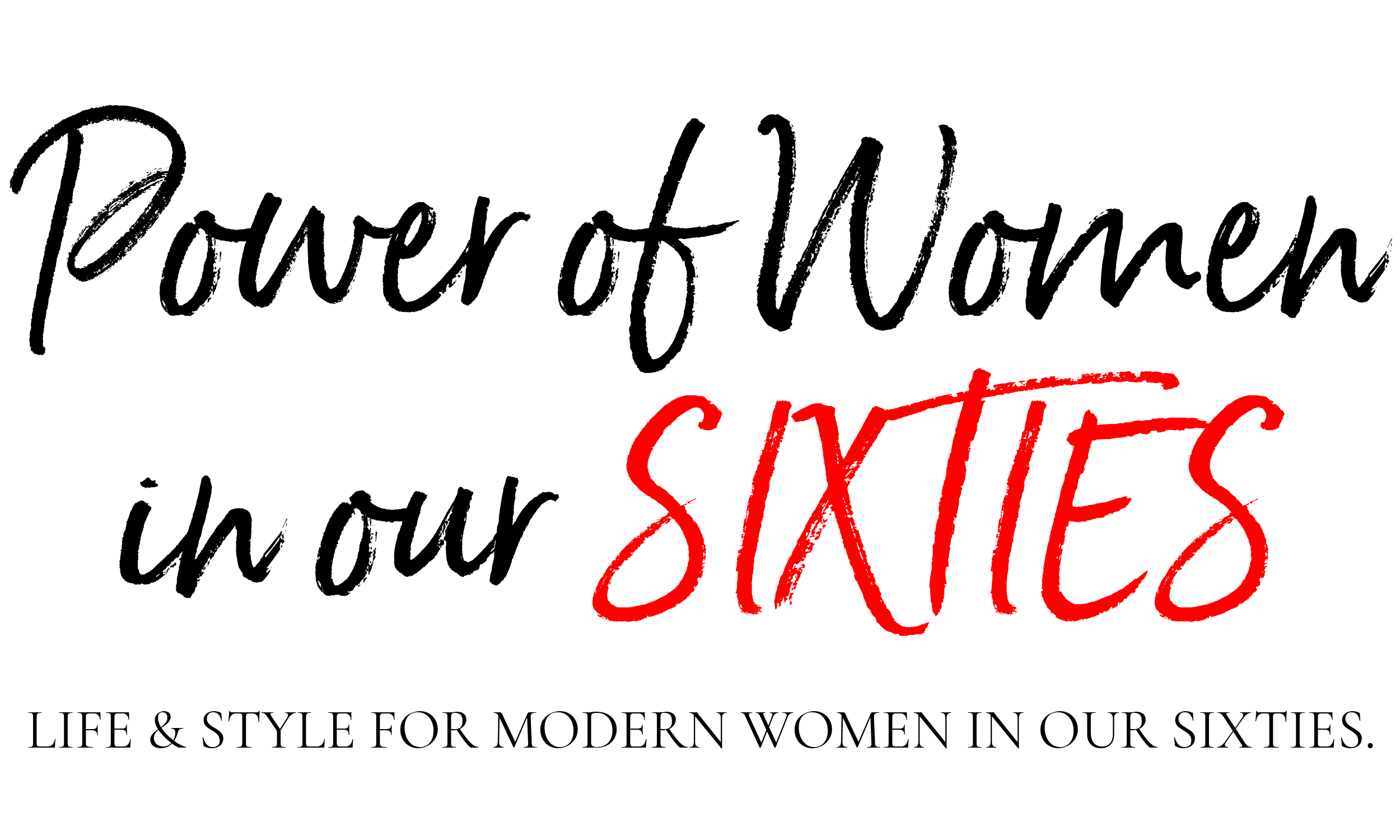Lindy Lee, Australian Chinese Artist
Lindy Lee’s 13-tonne monument to the Canberra institution’s ongoing push to recognise the work of Australian women artists through Know My Name, the campaign of exhibitions and events that the gallery launched in 2019. The highest payment for a creative piece at $14 million celebrates this woman’s great achievement.
Lee’s work, called Ouroboros, will sit in the National Gallery’s sculpture garden. It will reference the ouroboros, the ancient symbol depicting a snake or dragon devouring its own tail. Lee is an Australian of Chinese heritage and a student of Zen Buddhism, which is one of many spiritual realms in which the ouroboros appears as a symbol of life, death and never-ending renewal. (It also appears in other cultures, such as Aztec and Norse.)
“It is a dance between something that is solid and something that is just drifting off into stardust” LINDY LEE, ARTIST
In her work The Seamless Tomb, currently on show at the Museum of Contemporary Art in Sydney, artist Lindy Lee replicates a black-and-white family photograph from the mid-40s: it shows her heavily pregnant mother, older brother and father, just before her dad left China for Australia — not knowing when he'd see his family again.
Because of Australia's immigration restrictions, known as the White Australia Policy, only one member of their family was allowed into the country — which meant they couldn't see each other again until nearly a decade later, when the artist's mum and two brothers were finally accepted into Australia.
Lee was born soon after, in 1954, in Brisbane.
As the only Asian kid at her school, she was stunned when the mother of a longstanding friend told her: "I think you should go out with your own kind."
When Lee started making art four decades ago, she thought her "own kind" were European Masters: she used photocopies of works by El Greco, Jan van Eyck and Titian as the basis of her own artworks, painting over them. As she ran the artists' prints through the photocopier at Sydney College of the Arts, where she was studying, they degraded with every reproduction.
She felt a "ker-thunk" in her gut when she realised what she was doing.
"It's in the flaws of the copy that we find who we are," she says. "The copies are like me ... I'm such a crap copy of China. I'm never going to be Chinese. And I'm a crap copy of Australia."
She didn't neatly fit in anywhere — and recognising this was liberating.
Read the rest at https://www.abc.net.au/news/2020-10-08/lindy-lee-chinese-australian-identity-buddhist-mca-art-exhibit/12738912




